In a bold move that could reshape mountaineering history, Nepal has officially declared itself home to 14 mountains towering above 8,000 meters, upending the globally accepted count of eight. The Department of Tourism unveiled the revised list this week, reigniting a decade-long quest for international recognition. This has now sparked debates in the mountaineering world over geography, politics, and the future of mountain expeditions.
The New Eight-Thousanders: Peaks in the Spotlight
Nepal’s updated roster adds six controversial peaks to its legendary eight-thousanders:
- Yalung Khang (8,505m)
- Yalung Khang West (8,077m)
- Kanchenjunga Central (8,473m)
- Kanchenjunga South (8,476 m)
- Lhotse Middle (8,410m)
- Lhotse Shar (8,400m)
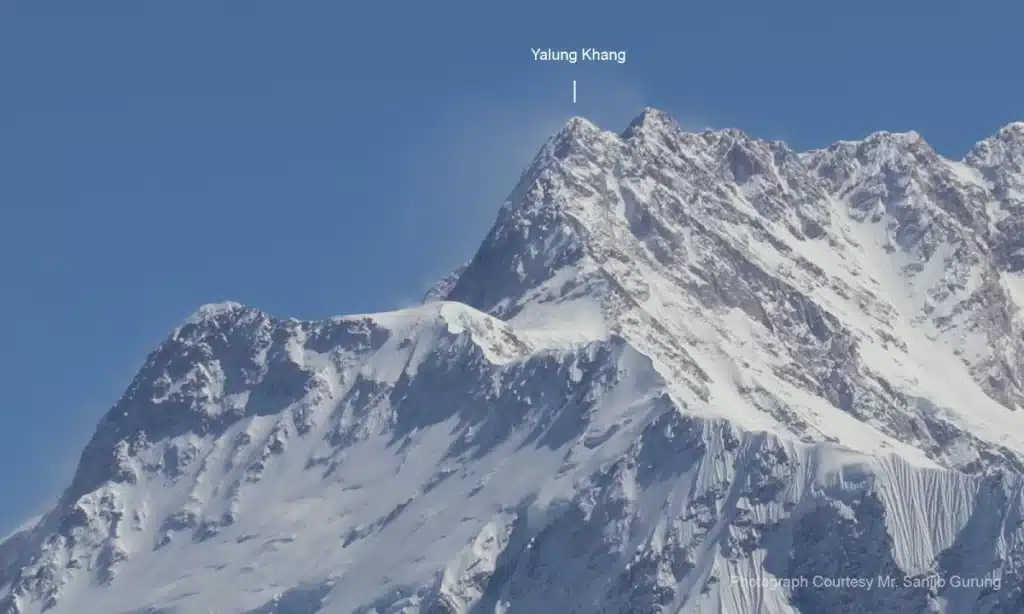
Yalung Khang West Face (One of the newly discovered 14 peaks)
All lie within the Kanchenjunga and Lhotse ranges, long considered subsets of their parent peaks. For now, only Everest (8,848.86m), Kanchenjunga (8,586m), Lhotse (8,516m), Makalu (8,463m), and four others retain global recognition.
Original 14 Peaks:
Nepal’s 8 Peaks:
- Mount Everest (8,848.86m) – Highest in the world
- Kanchenjunga (8,586m) – 3rd highest
- Lhotse (8,516m) – 4th highest
- Makalu (8,463m) – 5th highest
- Cho Oyu (8,201m) – 6th highest
- Dhaulagiri I (8,167m) – 7th highest
- Manaslu (8,163m) – 8th highest
- Annapurna I (8,091m) – 10th highest
Pakistan’s 5 Peaks:
- K2 (8,611m) – 2nd highest, dubbed the “Savage Mountain”
- Nanga Parbat (8,125m) – 9th highest, “Killer Mountain”
- Gasherbrum I (8,080m) – 11th highest
- Broad Peak (8,051m) – 12th highest
- Gasherbrum II (8,034m) – 13th highest
China’s One Peak:
- Shishapangma (8,027m) – 14th highest
The Fight for Recognition
While Nepal’s government has endorsed the new peaks, the International Mountaineering and Climbing Federation (UIAA)—the sport’s governing body—holds the key to global acceptance. Officials like Thakur Raj Pandey of the Nepal Mountaineering Association stress the urgency: “We’ve waited over a decade. Once the Cabinet approves this list, we can strongly lobby internationally.”
A 2013 UIAA initiative, the Agura Project, initially flagged five peaks for recognition. But bureaucratic delays, the 2014 Everest avalanche, and the 2015 earthquake sidelined progress. Now, Nepal is racing to submit ironclad GIS data and technical reports to the UIAA.
A Decade of Data Wars
The battle began in 2013 when a government committee proposed the six peaks. Technical teams, including border expert Buddhi Narayan Shrestha, spent years mapping GIS coordinates and historical routes. “The evidence is clear—we have 14 eight-thousanders,” Shrestha told local media earlier this year. “But the world won’t listen until Nepal speaks with one voice.”
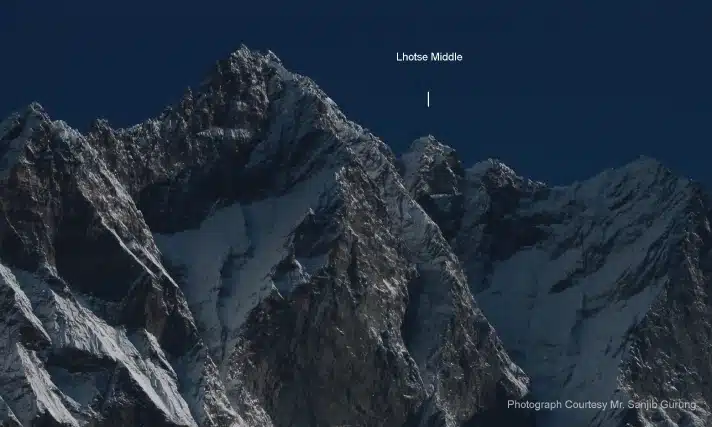
Lhotse Middle (8413 M / 27592 FT), one of the newly added mountain
Controversy on the Ridge
Critics argue that labeling subpeaks as independent mountains muddies mountaineering’s prestige. The UIAA’s criteria demand:
- A 500-metre “col distance” (vertical drop between two peaks).
- A distinct climbing route not shared with adjacent summits.
Ang Tshering Sherpa, who led Nepal’s peak verification committee, insists the new eight thousanders meet these standards. “These are not mere bumps on a ridge. They’re giants in their own right,” he says.
Why It Matters: Tourism, Pride, and Profit
Beyond national pride, recognition could unlock economic potential. In 2023, Nepal earned Rs 850 million ($6.4 million) from climbing permits. Adding six peaks might attract record-chasers eager to pioneer new routes and also into trekking areas.
Yet challenges loom. Narayan Prasad Regmi, Tourism Department Director General, admits: “We’ve published the list as a preliminary claim. Formal submission to the UIAA awaits Cabinet approval and final verification.”
The Road Ahead
As Nepal prepares its case, climbers and governments alike watch closely. Recognition could:
- Boost Nepal’s mountaineering revenue.
- Cement its status as the “Roof of the World.”
- Spark fresh debates over peak classification globally.
For now, the Himalayas hold their silence—but the stakes have never been higher.
Quick Facts:
- Global Eight-Thousanders: 14 (if Nepal’s claim is accepted), up from 13.
- Nepal’s Open Peaks: 468 (of 3,310 total) are available for commercial expeditions.
- 2023 Climbing Permits: Over 2,500 issued, a record year.
Will the world’s highest peaks double overnight—or will Nepal’s claim collapse under scrutiny? The answer lies at the intersection of science, politics, and the indomitable spirit of the Himalayas.

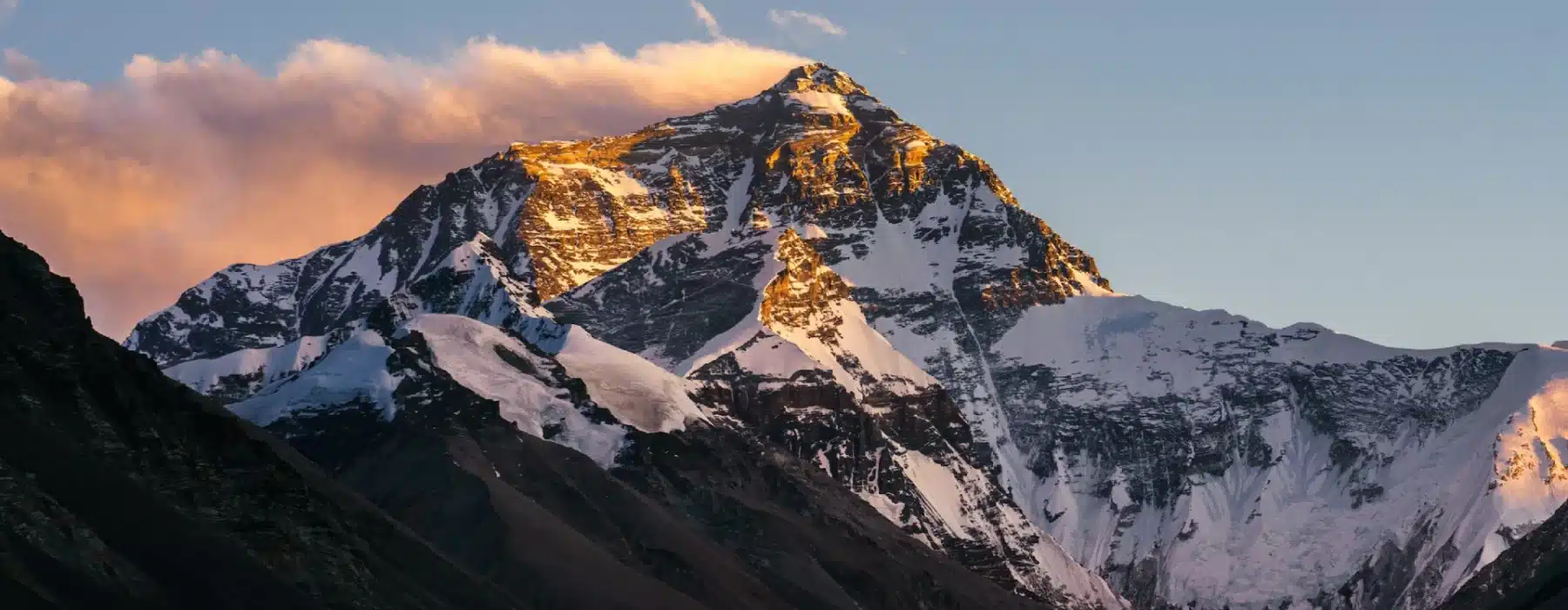

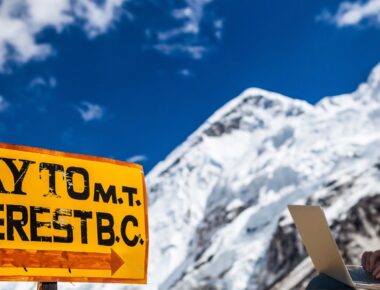
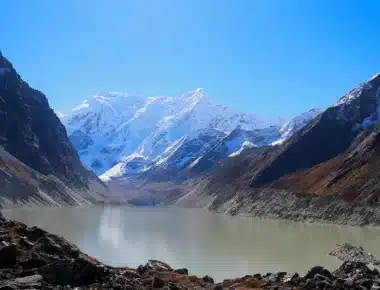
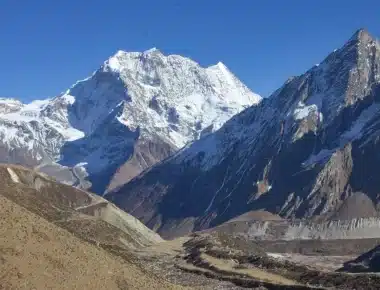
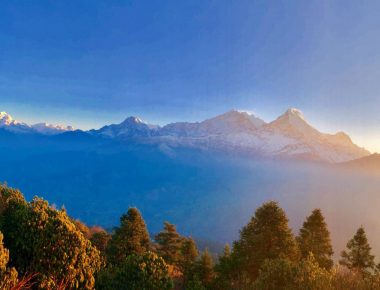

0 Comments